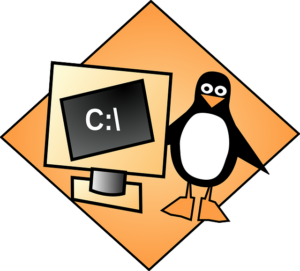components|What is a computer and its components?
A components of computer is an electronic device that is capable of receiving, processing, storing, and outputting data. It is a fundamental tool used in various fields, including business, education, science, entertainment, and more. A computer consists of several components that work together to perform various tasks. Let’s explore these components in detail:
1. Central Processing Unit (CPU): The CPU, also known as the processor, is the brain of the computer. It executes instructions and performs calculations. It interprets and carries out program instructions, performs arithmetic and logical operations, and controls the flow of data within the computer.
2. Memory: Memory refers to the temporary storage space used by the computer to hold data and instructions that are currently being processed. There are two primary types of memory: RAM (Random Access Memory) and ROM (Read-Only Memory). RAM provides fast access to data and instructions that the CPU needs to operate efficiently, while ROM contains permanent instructions that cannot be modified.
3. Storage Devices: Storage devices are used to store data and programs for long-term use. Hard disk drives (HDDs) and solid-state drives (SSDs) are common types of storage devices. HDDs use spinning disks and magnetic heads to read and write data, while SSDs use flash memory chips for faster data access.
4. Motherboard: The motherboard is a circuit board that serves as the foundation for connecting various components of the computer. It houses the CPU, memory modules, storage devices, and other essential components. It provides the necessary connections and electrical pathways for data transfer between the components.
5. Input Devices: Input devices allow users to provide instructions or input data to the computer. Common input devices include keyboards, mice, touchpads, scanners, and microphones. They enable users to interact with applications and control the computer’s operations.
6. Output Devices: Output devices display or present processed data to the user. Examples of output devices include monitors, printers, speakers, and headphones. They allow users to view visual information, hear audio output, and obtain physical copies of documents.
7. Graphics Processing Unit (GPU): The GPU is a specialized processor that handles the rendering of graphics and images. It is particularly important for gaming, video editing, and other graphically-intensive tasks. GPUs are designed to perform complex calculations required for rendering high-quality visuals.
8. Power Supply Unit (PSU): The PSU provides electrical power to the computer components. It converts the incoming electrical power from the wall outlet to the appropriate voltage and current required by the computer. The PSU ensures that the computer receives a stable and consistent power supply.
9. Networking Components: Networking components allow computers to connect and communicate with each other. These components include network interface cards (NICs) for wired or wireless connections, routers, switches, and modems. They enable access to the internet and local networks.
10. Software: Software refers to the programs and applications that run on a computer. It includes operating systems, productivity tools, web browsers, media players, games, and more. Software provides the instructions and functionality for the computer to perform specific tasks
Each component plays a crucial role in the overall functionality and performance of the computer.

